But If The Crime Is Beautiful…
In But if the Crime is Beautiful… Kalman uses assertive performances of the female body with decorative elements like metal, beading, and garments, combined with iconic Modernist Furniture. But if the Crime is Beautiful… responds to the legacy of the architect Adolf Loos’ 1910 lecture Ornament and Crime. In Ornament and Crime, Loos proposes that ornament is regressive and primitive, and that in his contemporary society, only degenerates and criminals are decorated. Women’s dress was included in this critique. Loos’ writings influenced principals of the Modernist movement, a lineage that still has great impact on art and design today. Kalman’s work uses jewelry, craft mediums, and decorative objects as a strategic choice; and in contrast, also uses whiteness and simplicity and a calculated choice. Sterile objects and empty space in the work reference the link between minimalism, masculinism, and ideas of intellectual purity. These links were codified aesthetically throughout the Modernist period.
Craft in recent thinking, has been conceptualized as a medium that has remained vital outside of the contemporary art world. The legacy of modernism, minimalism, and the high arts (sculpture and painting) have historically privileged the cerebral over the corporeal. Crafts, in contrast, have long been associated with the domestic, collective, and the female. In this work the female body and decoration are inserted into and upon iconic Modern furniture objects.
View more of Kalman’s work at www.laurenkalman.com.
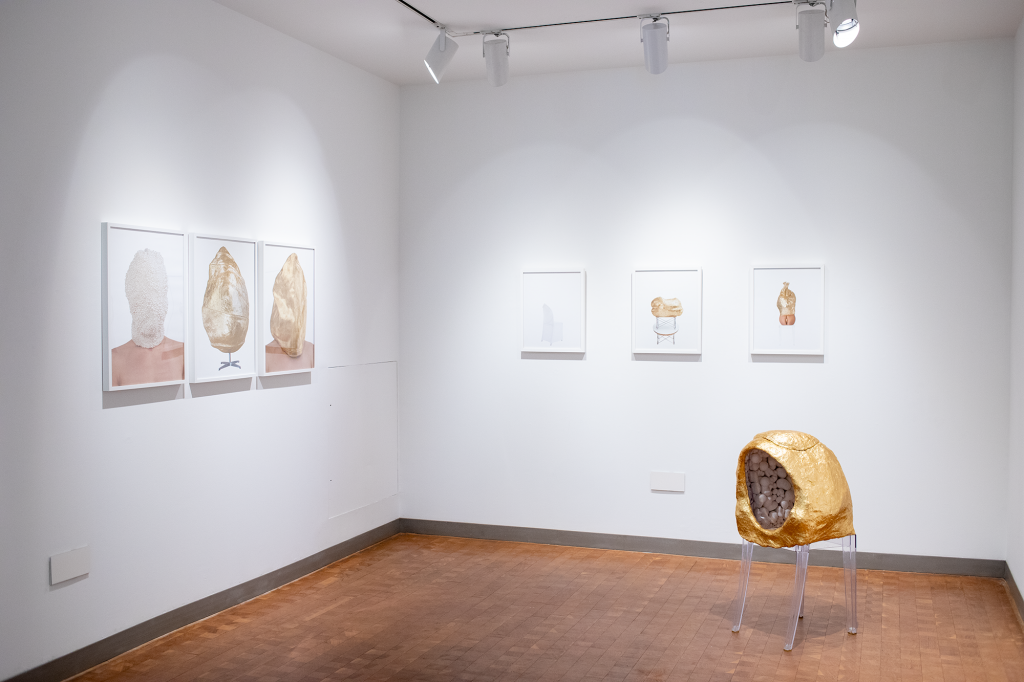
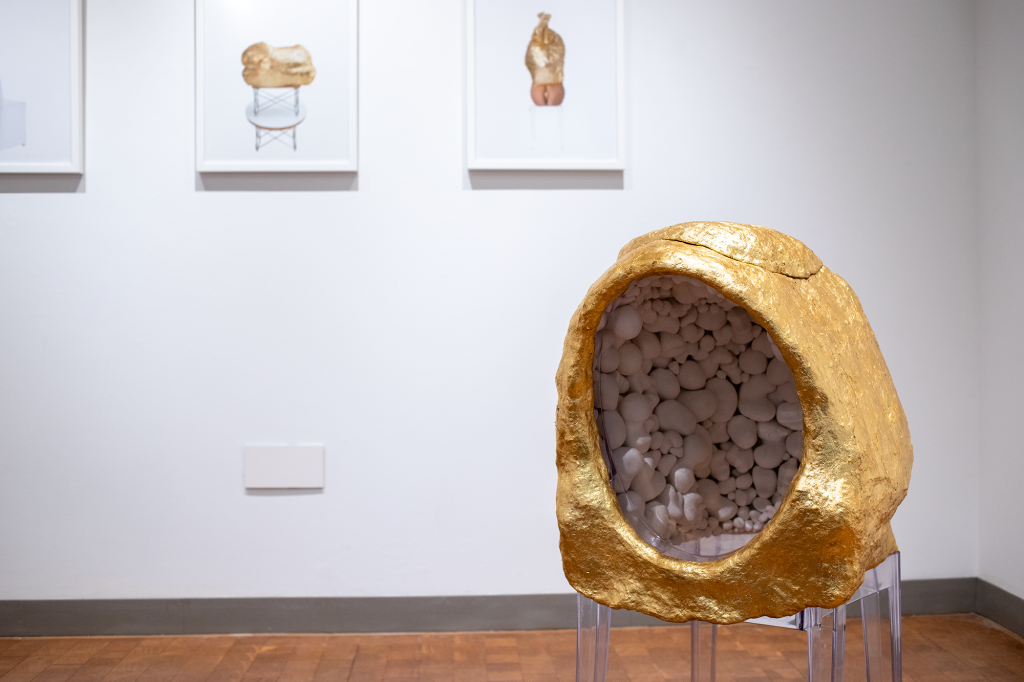
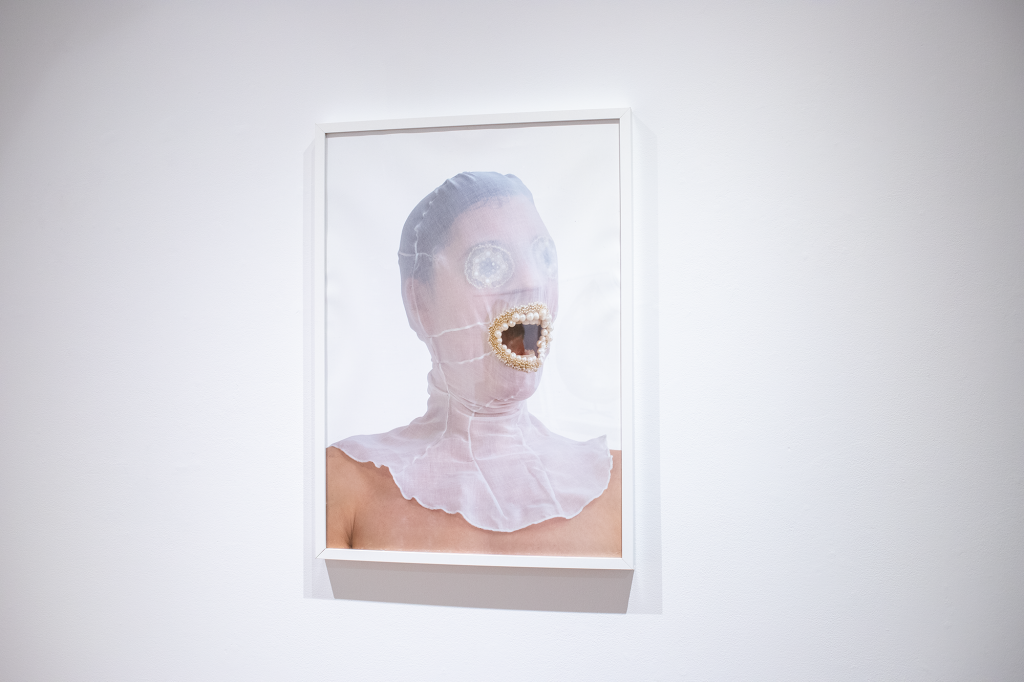
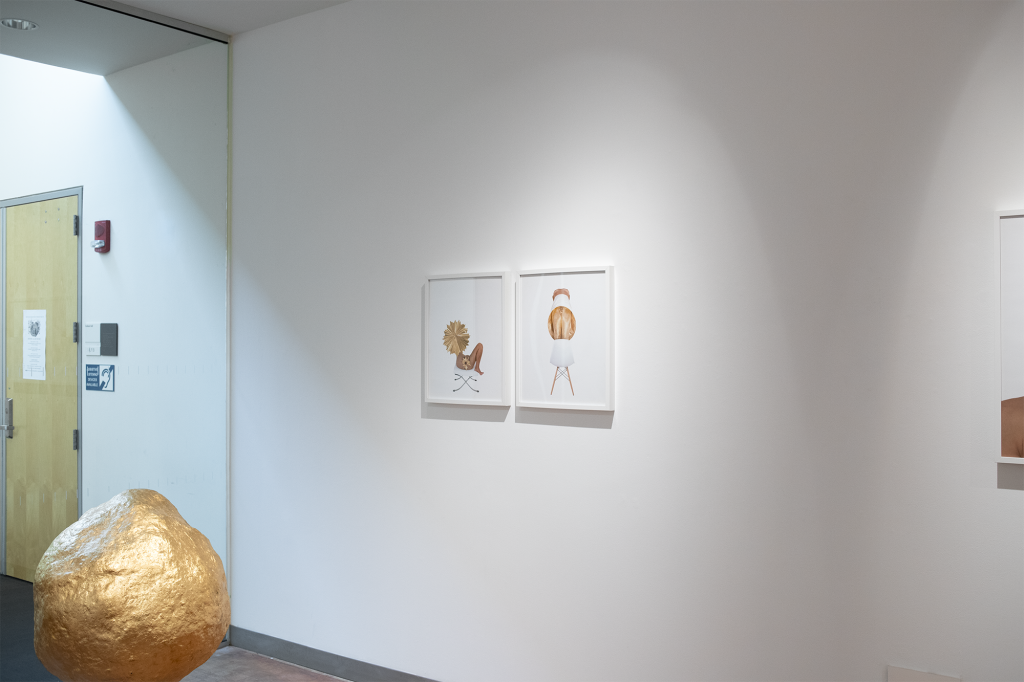
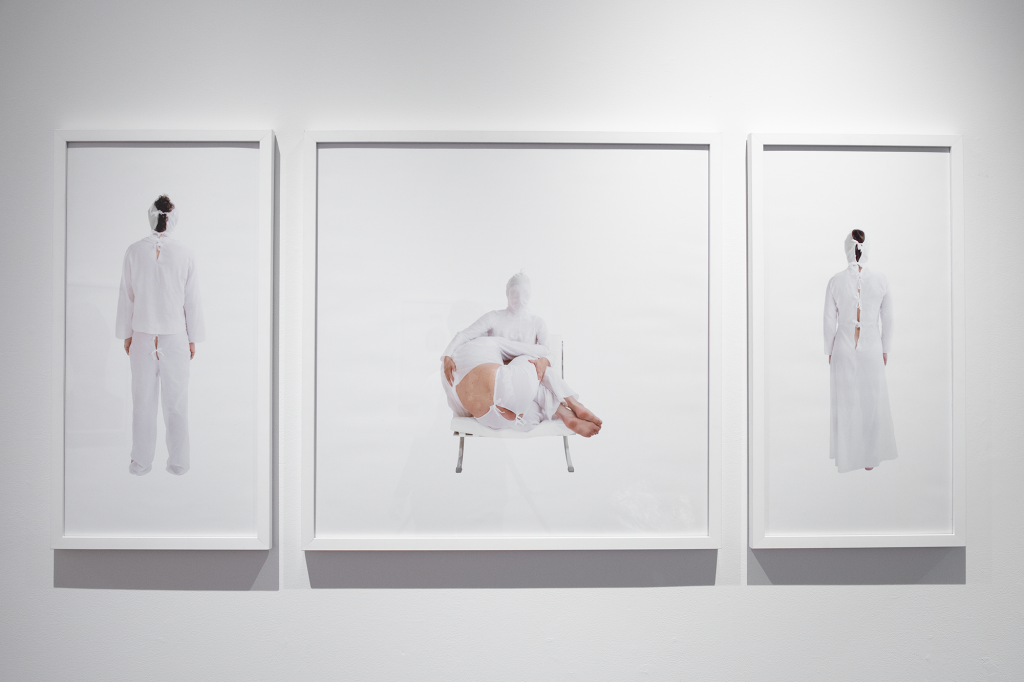
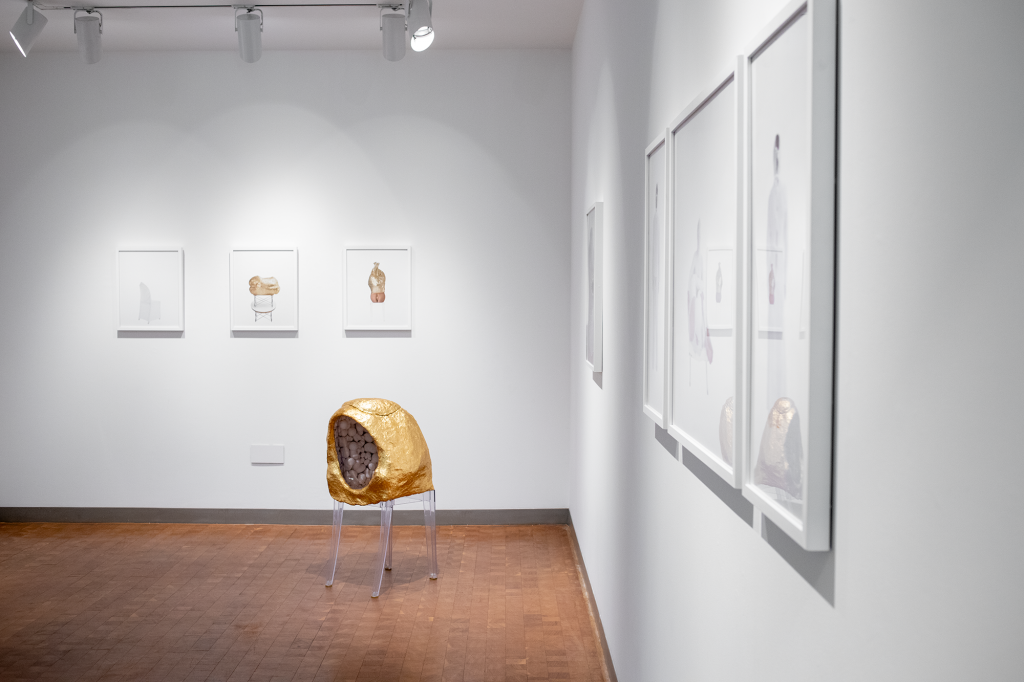
You must be logged in to post a comment.